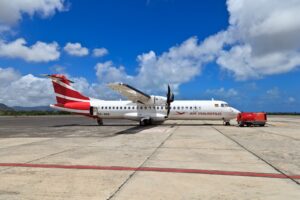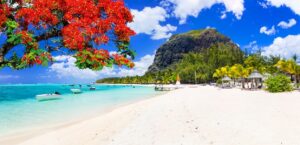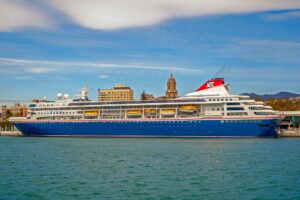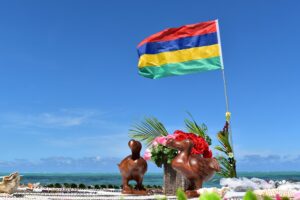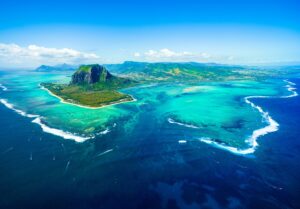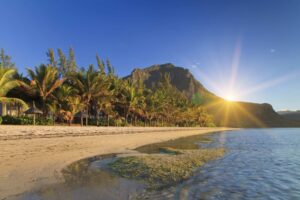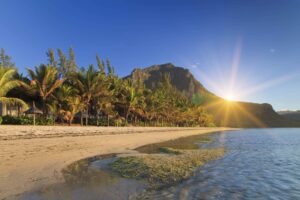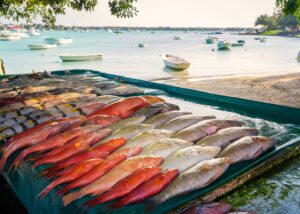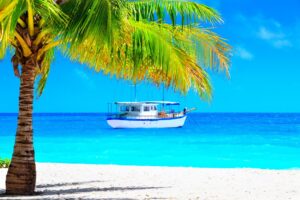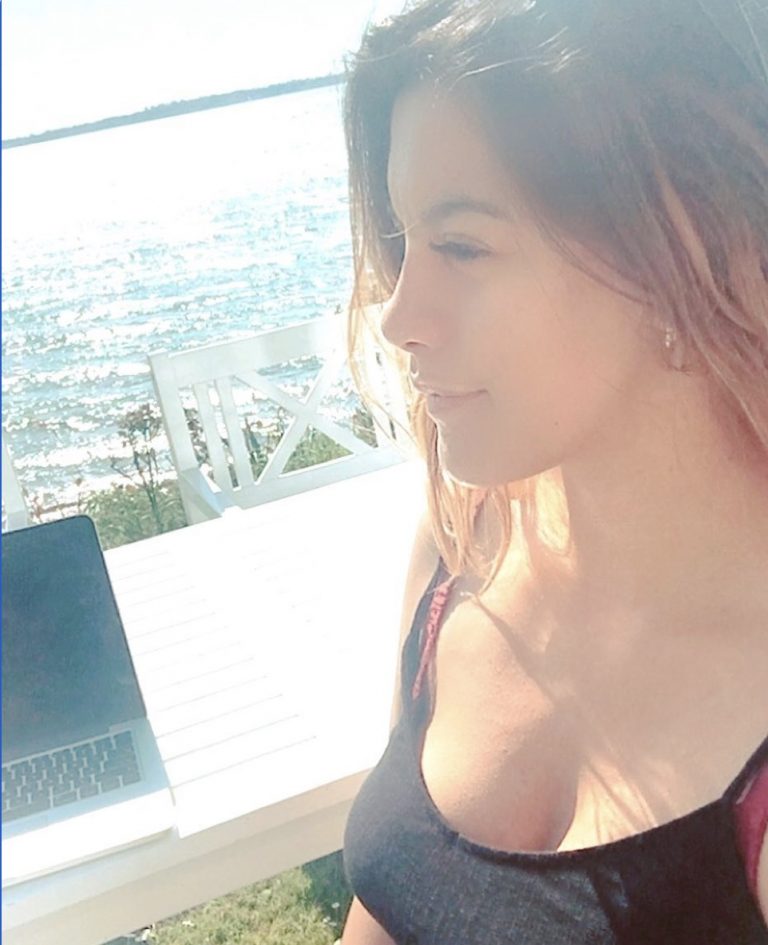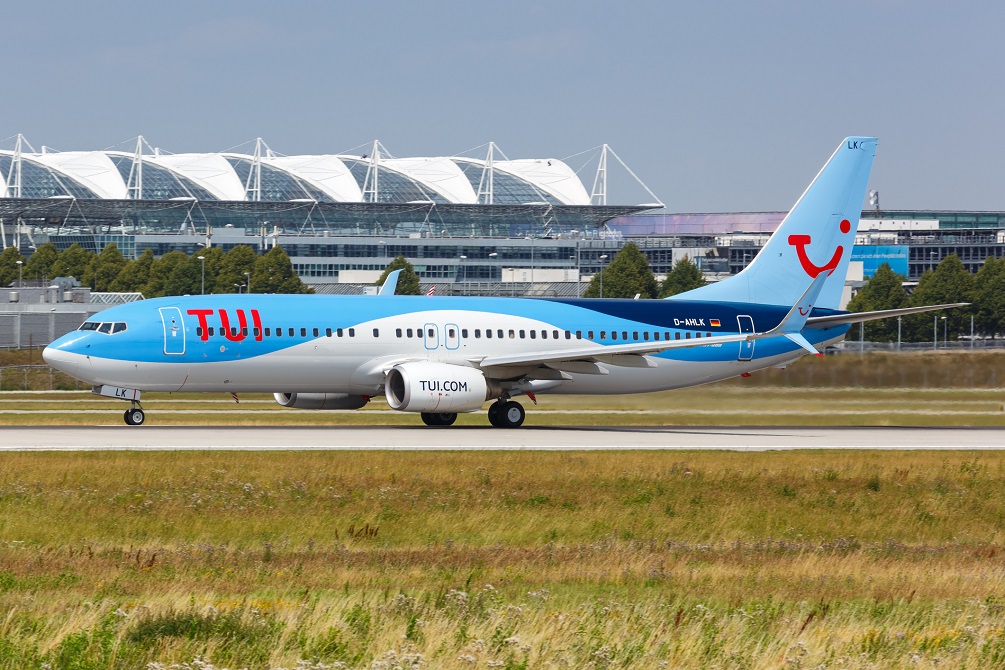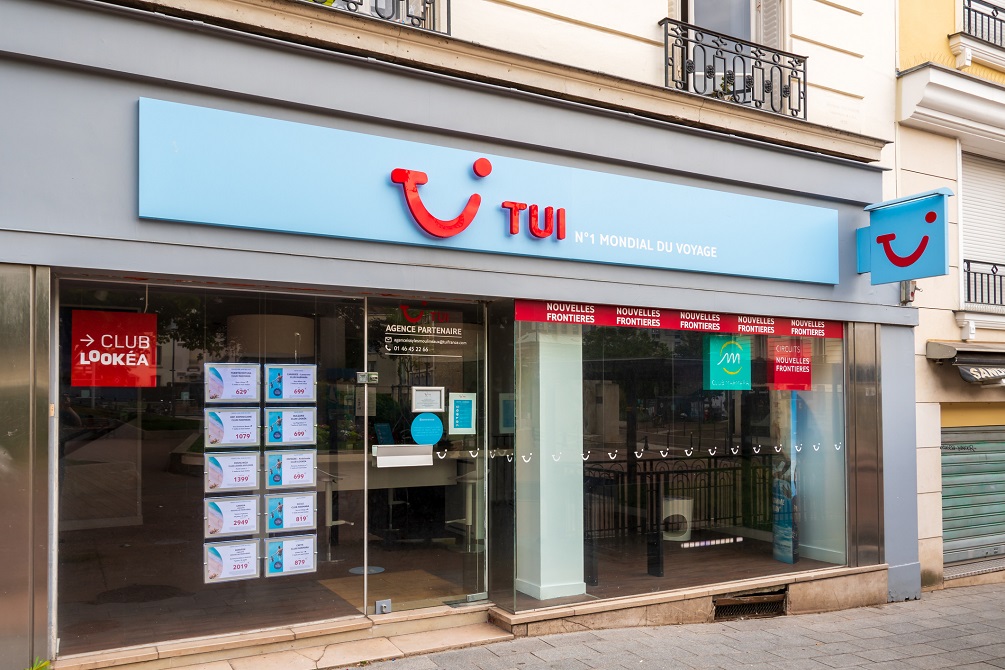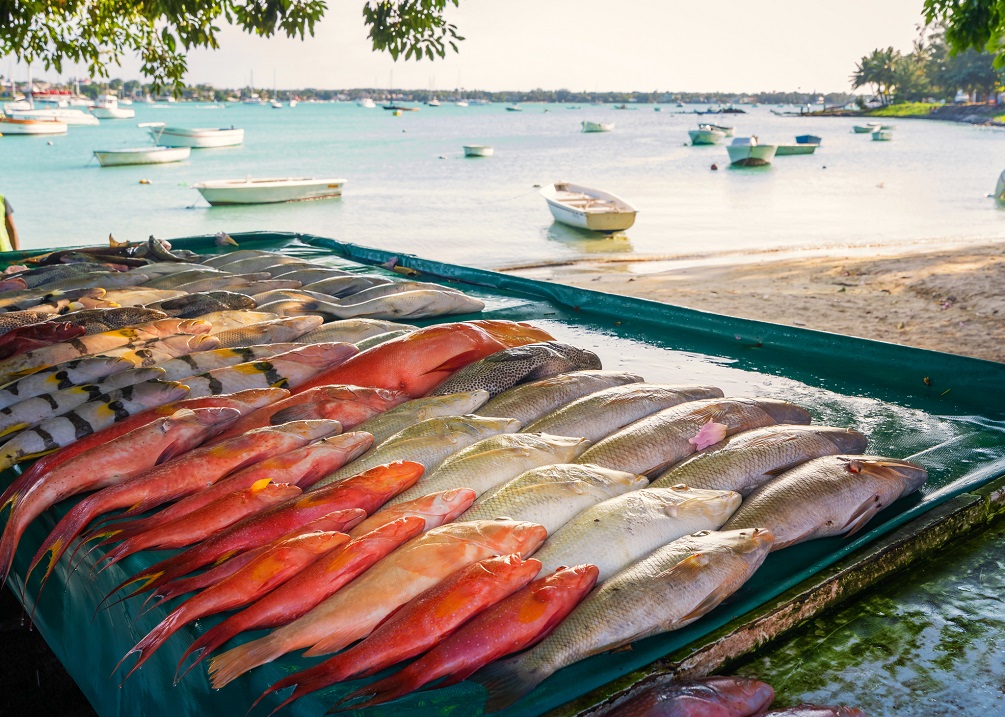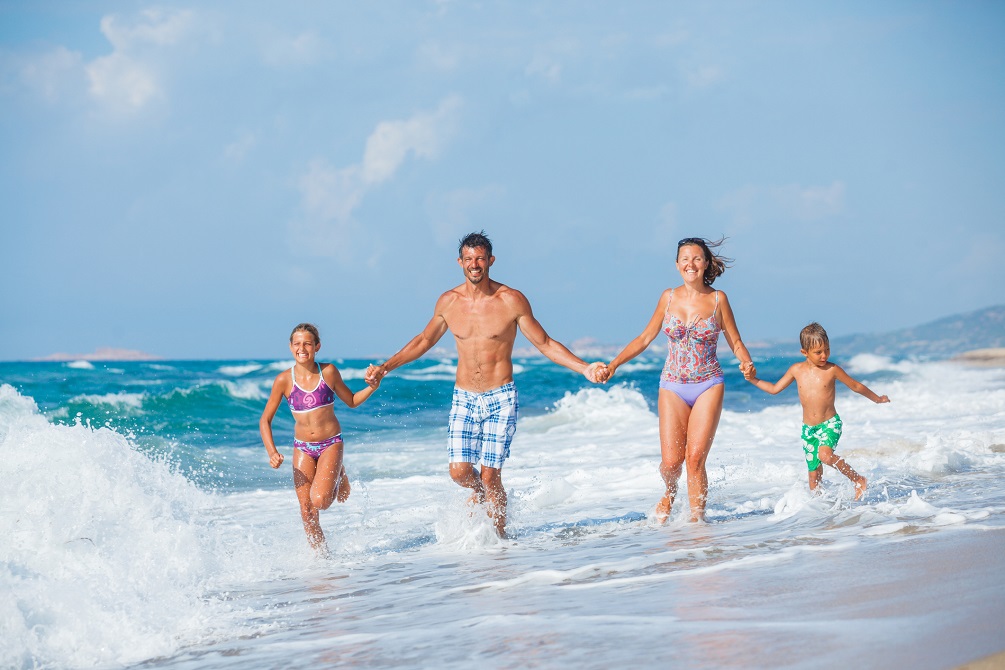Mauritius
Also known as ‘Rainbow Island’, Mauritius is one of the wealthiest countries of Africa and will conquer you with its diversity of cultures and traditions as well as its breath-taking nature.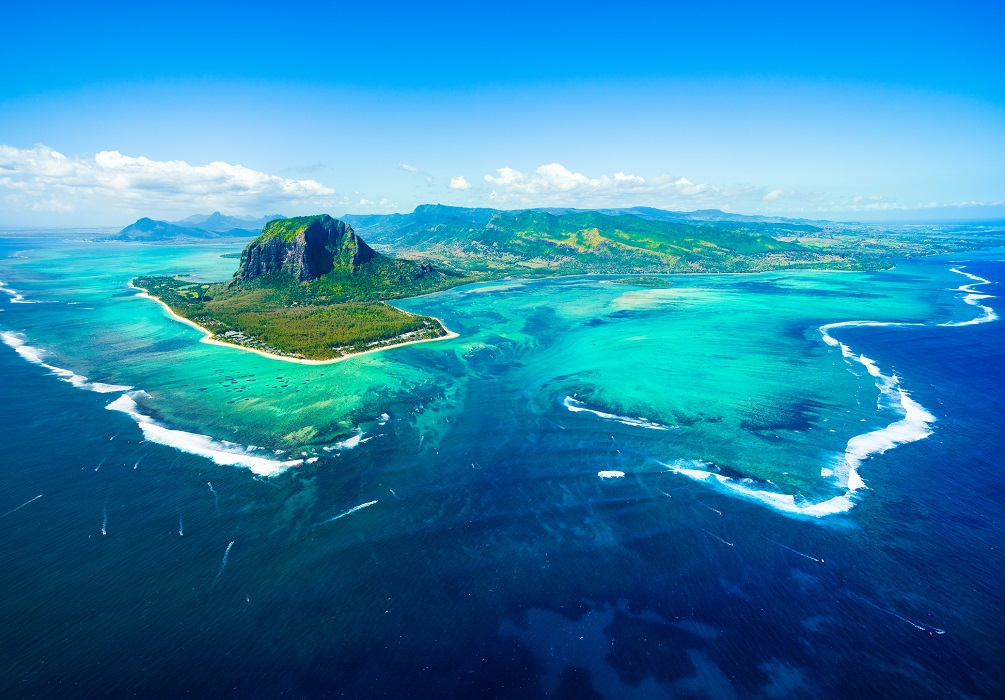
It may be the very first time you hear about this country but trust us, Mauritius is the perfect location for your next holiday. Not by chance the famous American author Mark Twain once said: “Heaven was copied after Mauritius”. Here you will not only find tropical weather and spectacular beaches, but also an incredible mix of ethnicities and cultures. Asians, Africans, and Europeans all came to Mauritius centuries ago and are now living peacefully together giving origin to a unique mix of cultures that can be found only here. If you’re interested in Mauritius’s peculiar culture don’t miss Maheswarnath Mandir Hindu temple and Balaclava ruins. If, on the other hand, you want to get the most out of Mauritius’ wonderful nature, check out Tamarind waterfall, the dormant volcano of Trou aux Cerfs, the seven-colored piles of earth, and the famous La Morne also known as the underwater waterfall.
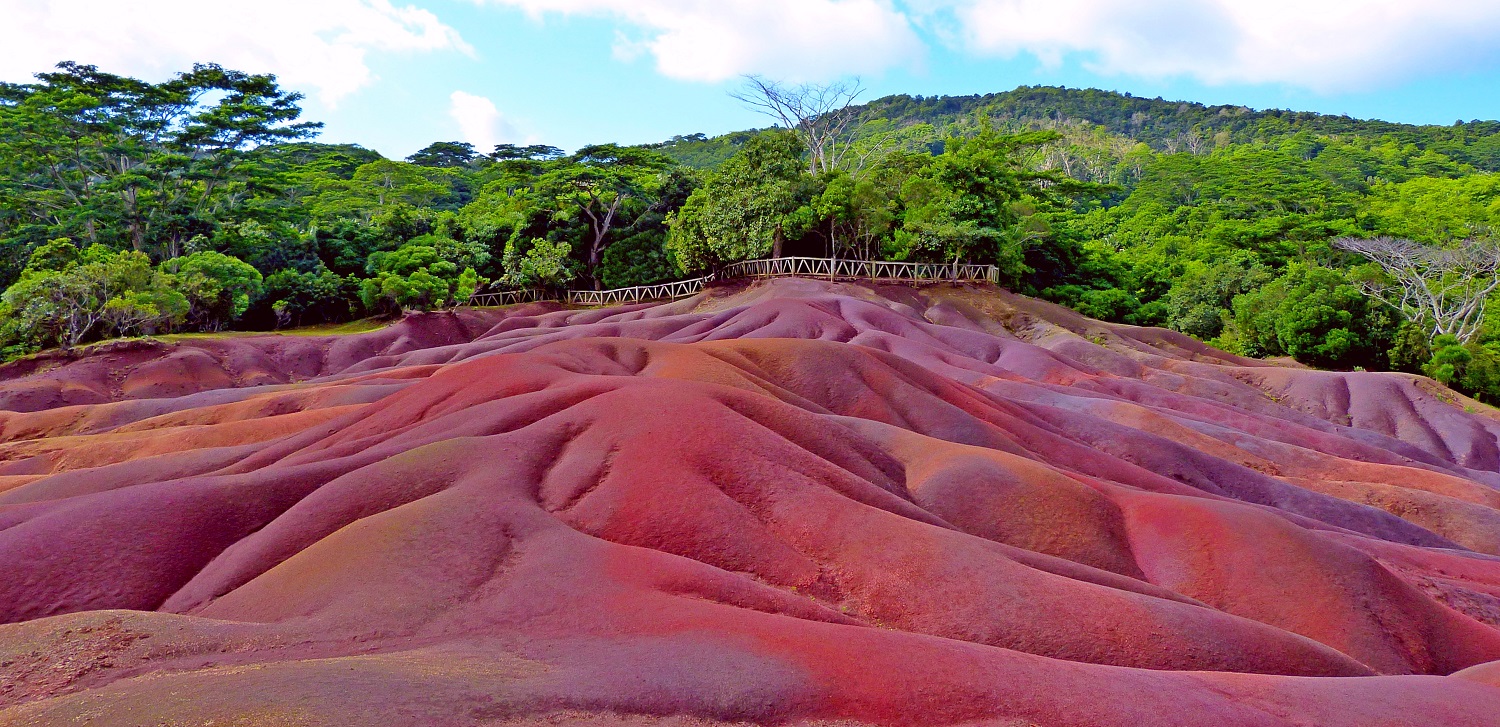


The Republic of Mauritius is an African island country situated about 700 miles east of Madagascar, in the Indian ocean. Mauritius is composed of four islands: the main island of Mauritius, where most of the population is concentrated, Rodrigues, Agaléga, and St. Brandon. The capital, Port Louis, is situated on the northwest side of Mauritius island. In addition, the country has about 49 inhabited small islands.
Mauritius is a volcanic island surrounded by gorgeous coral reefs. The north of the island consists of a plain raising to a plateau surrounded by small mountains. Its elevation varies from 900 to 2,400 feet above sea level with the highest peak, being Piton de la Petite Rivière Noirel, situated in the southwest of the country. Mauritius has two major rivers, the Grand River South East and the Black River.



Mauritius is characterized by a mild tropical maritime climate with enjoyable temperatures all year long. The country has only two seasons: a hot season, extending from November to April, and a cool season, from June to September. The remaining months are considered transition months. The temperatures are enjoyable all year long, with the summer average temperature being 21.7 °C and the winter average temperature being 20.4 °C. If you want to enjoy the country during its warmest days then you can visit Mauritius in January and February, when temperatures reach 29.2 °C. If, on the other hand, you prefer cool temperatures, then July and August are the perfect months for you.
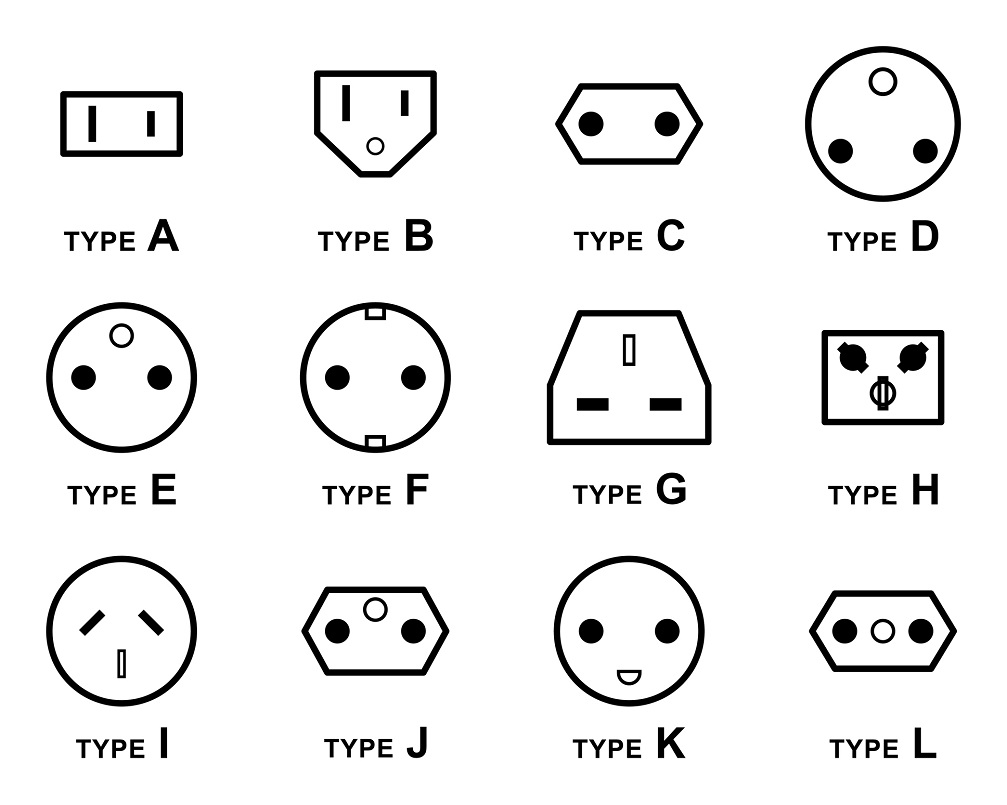


The two associated plug types in use in Mauritius are type C and type G. Type G is the plug characterized by a triangular pattern and three rectangular pins while type C has two round pins. The country operates on 50 Hz and a 230V supply voltage.
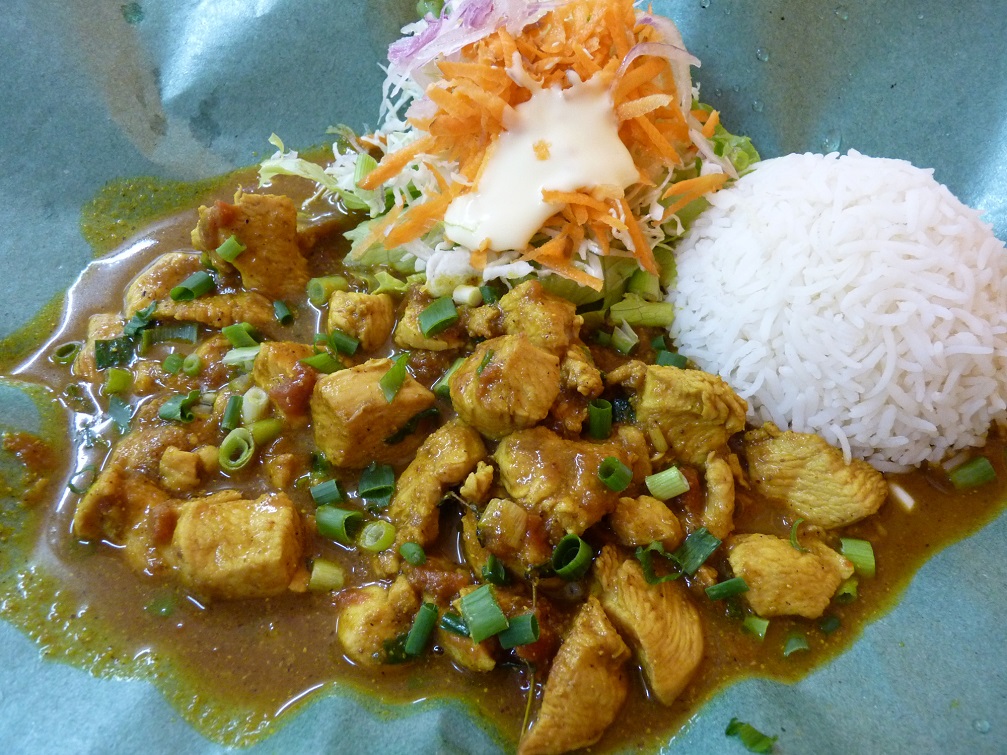


If you come to Mauritius, then you cannot miss their curries. Inspired by the Indian cuisine, Mauritian curries are less spicy than their Indian versions, and have, as a base, garlic, onions, and curry leaves. They are commonly served with rice or bread and will leave you satisfied and with a full belly.
If you are on the go and you’re looking for a quick lunch, then you can order a dholl puri, the best street food in the country. It consists of a wheat pancake stuffed with ground split peas. It’s served all over Mauritius and is usually accompanied by curry, pickles, and chutney.
If you like sweets, then you should try one of the many coconuts cakes served all over the country. Coconuts are a very popular fruit in Mauritius and you will find plenty of delicious cakes made from grated coconuts and sugar. A slice of coconut cake is Mauritius’ best way to end your meal or to regain your energy in the middle of a hot day!
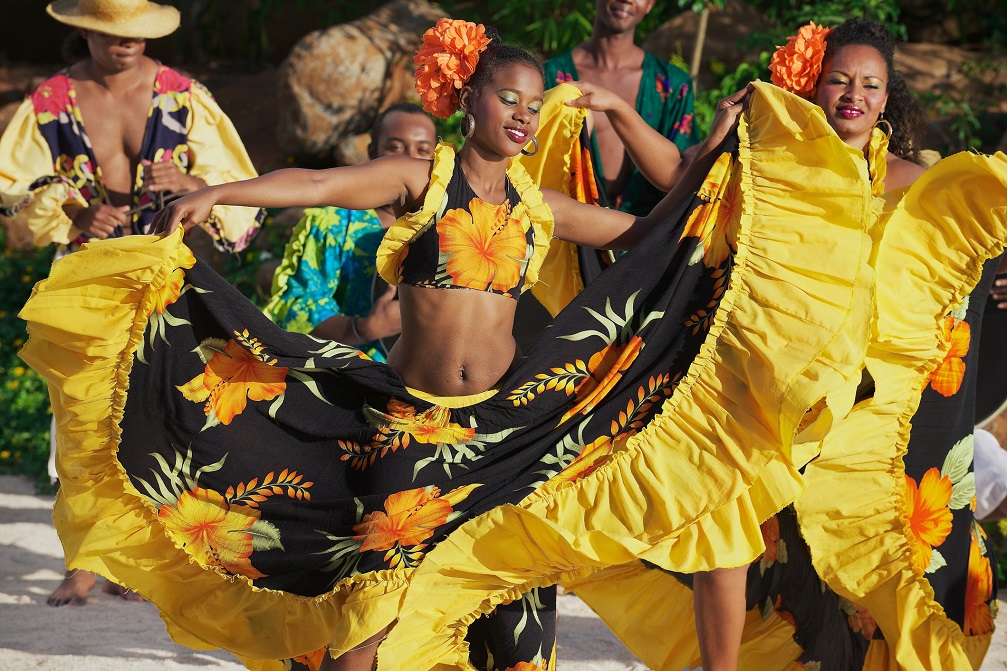


Many hotels in Mauritius have a dress code, so make sure to pack accordingly. Jeans may not be allowed but no stress! If you bring a good pair of trousers and a good quality shirt, you’ll be fine. Some museums also require you to cover arms and legs, so make sure to pack several shirts with long sleeves and a few pairs of long trousers. Despite the weather is quite warm all year long, remember to pack a light sweater in case you decide to go on a cruise. Make sure to bring comfortable shoes with you for your hikes as well as flip-flops for your days at the beach. Remember to bring with you your sunscreen and sunglasses to protect yourself from the strong sun. Don’t forget to bring the right adapter to charge your devices
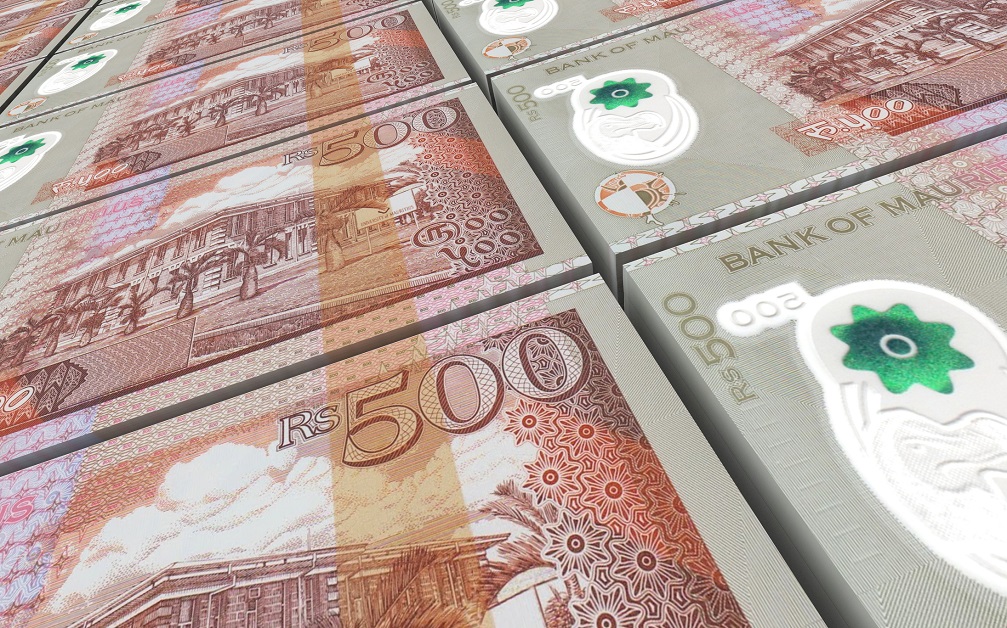


The official currency of Mauritius is the Mauritian rupee. However, some places, such as villas, hotels, and guesthouses will sometimes require you to pay in euros due to the extremely unstable value of the Mauritian rupee. One Mauritian rupee is about 0.017 pounds. Bargaining in Mauritius is common in tourist sites and street markets so make sure to negotiate on the price of your purchases. Tipping is appreciated but never required. Major credit cards are frequently accepted in restaurants, shops and hotels and ATMs can be easily found on the main island of Mauritius.
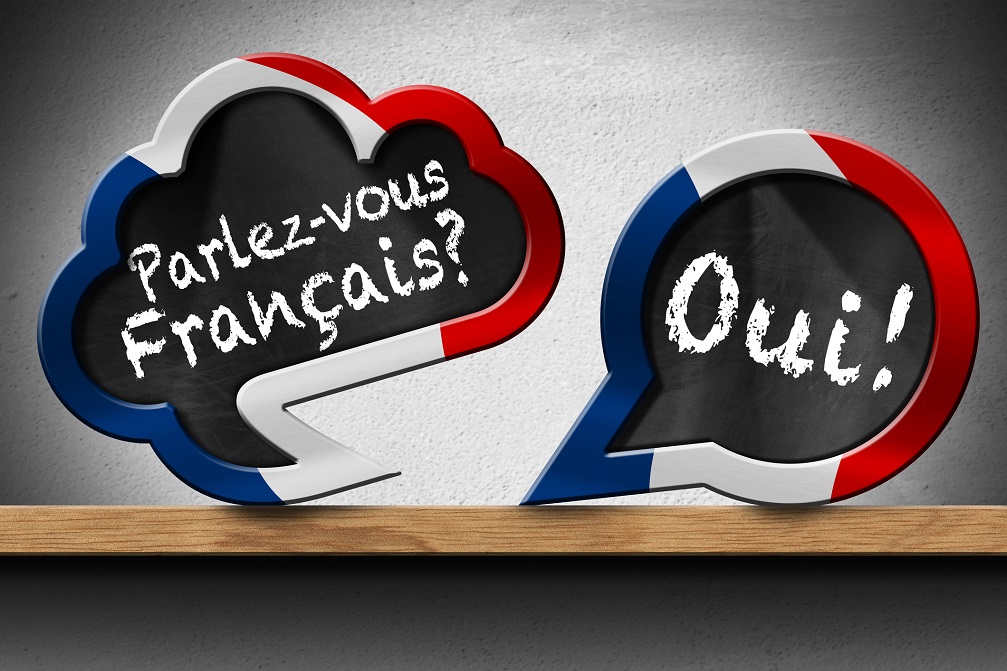


There is no official language in Mauritius, however, Mauritian Creole is widely spoken and about 90 percent of the population understands it. Creole is a mix of Asian and African languages with French influences. Despite being widely spoken, there is no unique way of writing it which makes it particularly difficult to adopt it as a national language. Other languages used in the country are English, for administration and political purposes, and French, mostly used in the media as almost all newspapers are printed in French. Most Mauritians are either bi-lingual or tri-lingual and will most likely understand either English or French. However, make sure to learn a few basic words in Creole before your trip to be able to communicate in every situation.
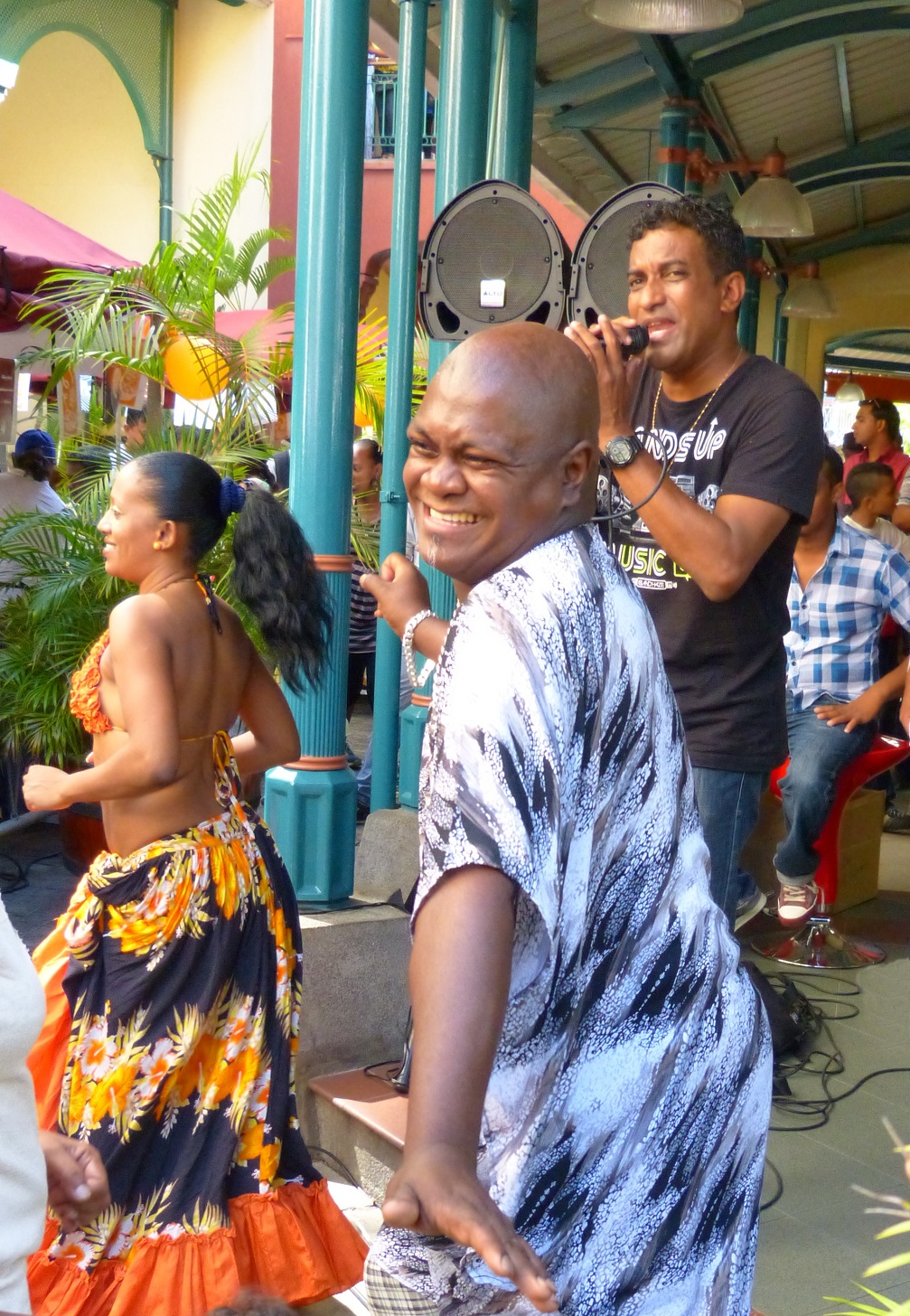


Mauritians find their pride in their diversity of people, beliefs, and traditions. It’s extremely hard to discern the ethnic composition of Mauritius, partly because no census has been done in the last 40 decades and partly because the country is characterized by an incredible mix of cultures. In general, five main ethnic groups can be found in Mauritius: Franco Mauritanian, descending from European settlers from the colonial period, Indo-Mauritanian, descendent from the Indian subcontinent, Sino-Mauritanian, descendant from the Chinese traders, Afro-Mauritanian, associating its heritage with the African slaves from Mozambique and Madagascar and Creole-Mauritanian, a term that indicates all Mauritians who have a mixed ethnicity.
Given this incredible mix of cultures it’s considered extremely rude to assume one’s ethnicity and religious background, so make sure never to do so. It’s a good manner to exchange a ‘bonjour’ when entering a shop, hotel, or restaurant as well as a ‘bonne journee’ when leaving. Mauritians are very conservative and do not appreciate people acting inappropriately. If you speak aloud in public, dress immodestly, or are too bold, you may soon be referred to as ‘suavaze’ a ‘savage’. Make sure to be modest and respectful during your stay if you want to blend with the local population.
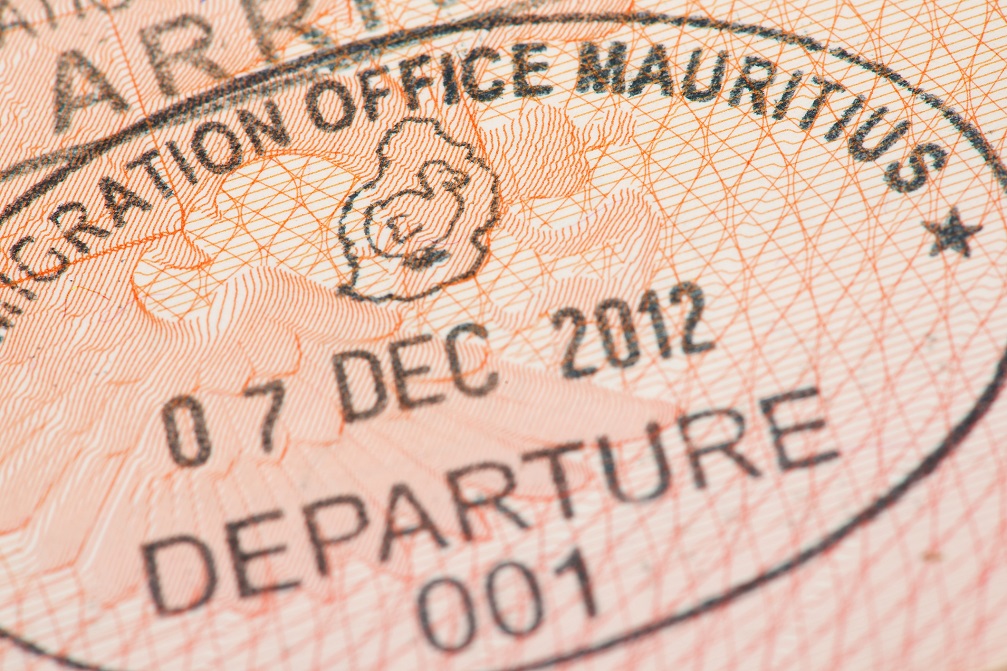


Traveling to Mauritius is extremely easy. Unlike many other countries, you will not need a visa to enter the country. On your arrival, your passport will simply be stamped and you will be able to travel around the country for a period of sixty days. However, you will have to provide proof of onward or return travel. In addition, your passport will only have to be valid for the period of your stay and no extra months of validity are required.



It may be the very first time you hear about this country but trust us, Mauritius is the perfect location for your next holiday. Not by chance the famous American author Mark Twain once said: “Heaven was copied after Mauritius”. Here you will not only find tropical weather and spectacular beaches, but also an incredible mix of ethnicities and cultures. Asians, Africans, and Europeans all came to Mauritius centuries ago and are now living peacefully together giving origin to a unique mix of cultures that can be found only here. If you’re interested in Mauritius’s peculiar culture don’t miss Maheswarnath Mandir Hindu temple and Balaclava ruins. If, on the other hand, you want to get the most out of Mauritius’ wonderful nature, check out Tamarind waterfall, the dormant volcano of Trou aux Cerfs, the seven-colored piles of earth, and the famous La Morne also known as the underwater waterfall.



The Republic of Mauritius is an African island country situated about 700 miles east of Madagascar, in the Indian ocean. Mauritius is composed of four islands: the main island of Mauritius, where most of the population is concentrated, Rodrigues, Agaléga, and St. Brandon. The capital, Port Louis, is situated on the northwest side of Mauritius island. In addition, the country has about 49 inhabited small islands.
Mauritius is a volcanic island surrounded by gorgeous coral reefs. The north of the island consists of a plain raising to a plateau surrounded by small mountains. Its elevation varies from 900 to 2,400 feet above sea level with the highest peak, being Piton de la Petite Rivière Noirel, situated in the southwest of the country. Mauritius has two major rivers, the Grand River South East and the Black River.



Mauritius is characterized by a mild tropical maritime climate with enjoyable temperatures all year long. The country has only two seasons: a hot season, extending from November to April, and a cool season, from June to September. The remaining months are considered transition months. The temperatures are enjoyable all year long, with the summer average temperature being 21.7 °C and the winter average temperature being 20.4 °C. If you want to enjoy the country during its warmest days then you can visit Mauritius in January and February, when temperatures reach 29.2 °C. If, on the other hand, you prefer cool temperatures, then July and August are the perfect months for you.



The two associated plug types in use in Mauritius are type C and type G. Type G is the plug characterized by a triangular pattern and three rectangular pins while type C has two round pins. The country operates on 50 Hz and a 230V supply voltage.



If you come to Mauritius, then you cannot miss their curries. Inspired by the Indian cuisine, Mauritian curries are less spicy than their Indian versions, and have, as a base, garlic, onions, and curry leaves. They are commonly served with rice or bread and will leave you satisfied and with a full belly.
If you are on the go and you’re looking for a quick lunch, then you can order a dholl puri, the best street food in the country. It consists of a wheat pancake stuffed with ground split peas. It’s served all over Mauritius and is usually accompanied by curry, pickles, and chutney.
If you like sweets, then you should try one of the many coconuts cakes served all over the country. Coconuts are a very popular fruit in Mauritius and you will find plenty of delicious cakes made from grated coconuts and sugar. A slice of coconut cake is Mauritius’ best way to end your meal or to regain your energy in the middle of a hot day!



Many hotels in Mauritius have a dress code, so make sure to pack accordingly. Jeans may not be allowed but no stress! If you bring a good pair of trousers and a good quality shirt, you’ll be fine. Some museums also require you to cover arms and legs, so make sure to pack several shirts with long sleeves and a few pairs of long trousers. Despite the weather is quite warm all year long, remember to pack a light sweater in case you decide to go on a cruise. Make sure to bring comfortable shoes with you for your hikes as well as flip-flops for your days at the beach. Remember to bring with you your sunscreen and sunglasses to protect yourself from the strong sun. Don’t forget to bring the right adapter to charge your devices



The official currency of Mauritius is the Mauritian rupee. However, some places, such as villas, hotels, and guesthouses will sometimes require you to pay in euros due to the extremely unstable value of the Mauritian rupee. One Mauritian rupee is about 0.017 pounds. Bargaining in Mauritius is common in tourist sites and street markets so make sure to negotiate on the price of your purchases. Tipping is appreciated but never required. Major credit cards are frequently accepted in restaurants, shops and hotels and ATMs can be easily found on the main island of Mauritius.



There is no official language in Mauritius, however, Mauritian Creole is widely spoken and about 90 percent of the population understands it. Creole is a mix of Asian and African languages with French influences. Despite being widely spoken, there is no unique way of writing it which makes it particularly difficult to adopt it as a national language. Other languages used in the country are English, for administration and political purposes, and French, mostly used in the media as almost all newspapers are printed in French. Most Mauritians are either bi-lingual or tri-lingual and will most likely understand either English or French. However, make sure to learn a few basic words in Creole before your trip to be able to communicate in every situation.



Mauritians find their pride in their diversity of people, beliefs, and traditions. It’s extremely hard to discern the ethnic composition of Mauritius, partly because no census has been done in the last 40 decades and partly because the country is characterized by an incredible mix of cultures. In general, five main ethnic groups can be found in Mauritius: Franco Mauritanian, descending from European settlers from the colonial period, Indo-Mauritanian, descendent from the Indian subcontinent, Sino-Mauritanian, descendant from the Chinese traders, Afro-Mauritanian, associating its heritage with the African slaves from Mozambique and Madagascar and Creole-Mauritanian, a term that indicates all Mauritians who have a mixed ethnicity.
Given this incredible mix of cultures it’s considered extremely rude to assume one’s ethnicity and religious background, so make sure never to do so. It’s a good manner to exchange a ‘bonjour’ when entering a shop, hotel, or restaurant as well as a ‘bonne journee’ when leaving. Mauritians are very conservative and do not appreciate people acting inappropriately. If you speak aloud in public, dress immodestly, or are too bold, you may soon be referred to as ‘suavaze’ a ‘savage’. Make sure to be modest and respectful during your stay if you want to blend with the local population.



Traveling to Mauritius is extremely easy. Unlike many other countries, you will not need a visa to enter the country. On your arrival, your passport will simply be stamped and you will be able to travel around the country for a period of sixty days. However, you will have to provide proof of onward or return travel. In addition, your passport will only have to be valid for the period of your stay and no extra months of validity are required.
Travel related news, information and inspirational articles and videos for travellers booking flights or holidays to Mauritius. Ask questions about travel in Mauritius and get answers from Mauritius experts
NEWS
Inspiration, Information and Travel Guides
MEET THE Mauritius EXPERTS
If you are looking to book a holiday to Mauritius or needs some help and advice planning travel to Mauritius then contact one of the UK based independent travel agents that specialise in Mauritius itineraries.
FEATURED VIDEOS
Your Travel Questions Answered
Ask any travel related question and get an answer from one of our experts that will provide you with an answer from their personal experience
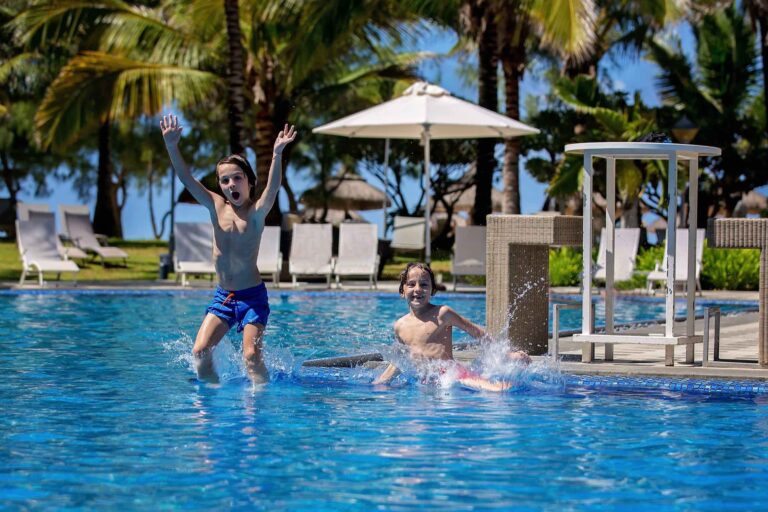

Our family is planning a trip for the Summer break as we will be fully vaccinated by then. We’re thinking of a tropical getaway, either to Mauritius or The Maldives. We’re now trying to understand which is the best option for us – is Mauritius or The Maldives better for a family holiday with kids? We need a good balance of relaxation and fun activities.

